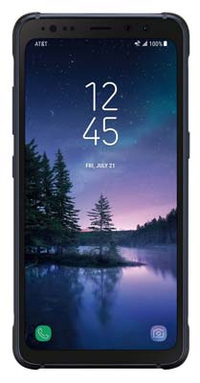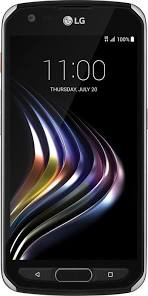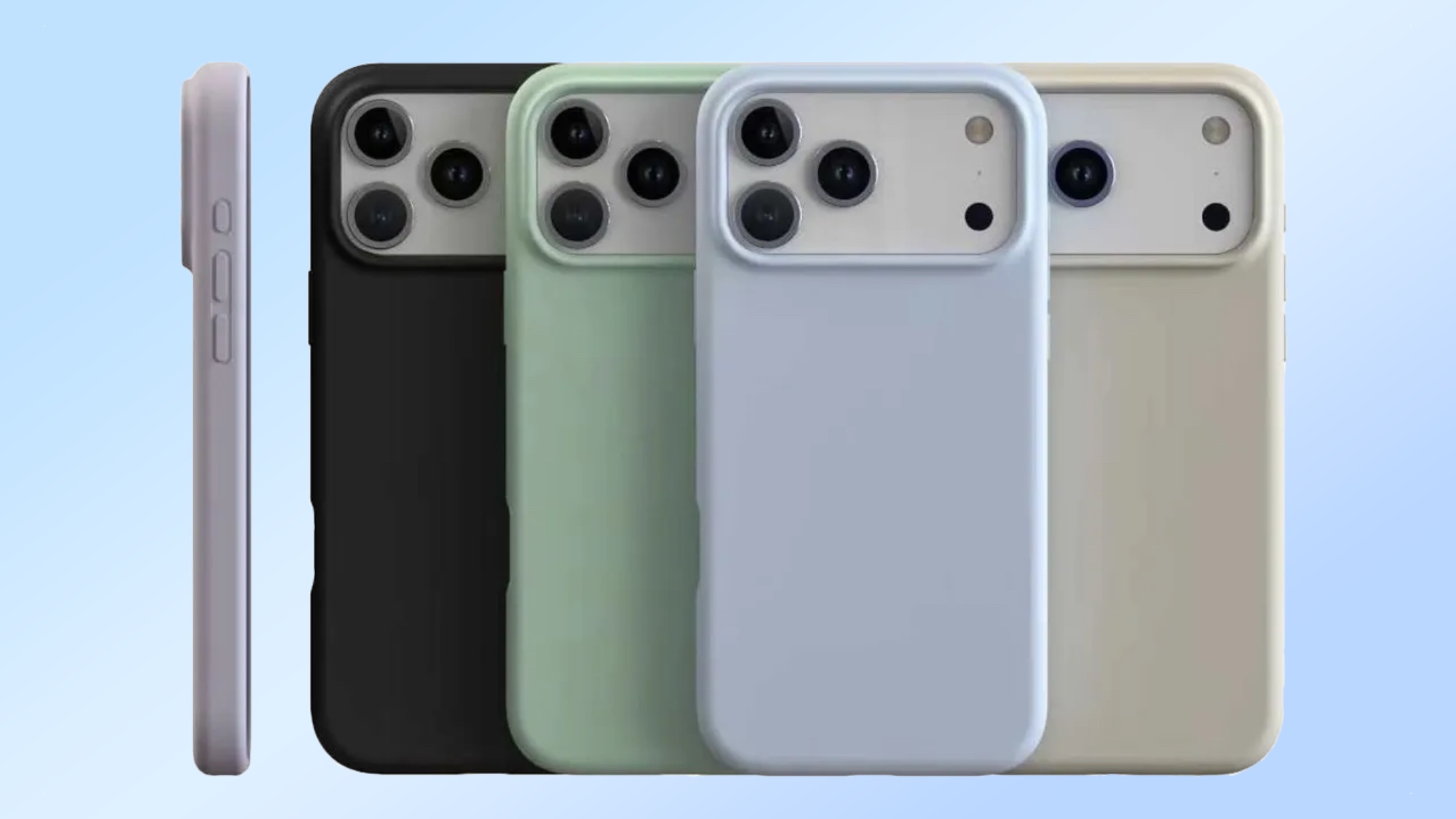Help Me Tom's Guide: Should I Get a Rugged Smartphone?
It's a tough world out there. A reader wonders if it's worth getting a smartphone that can withstand all that trauma. We weigh in on durable phones.
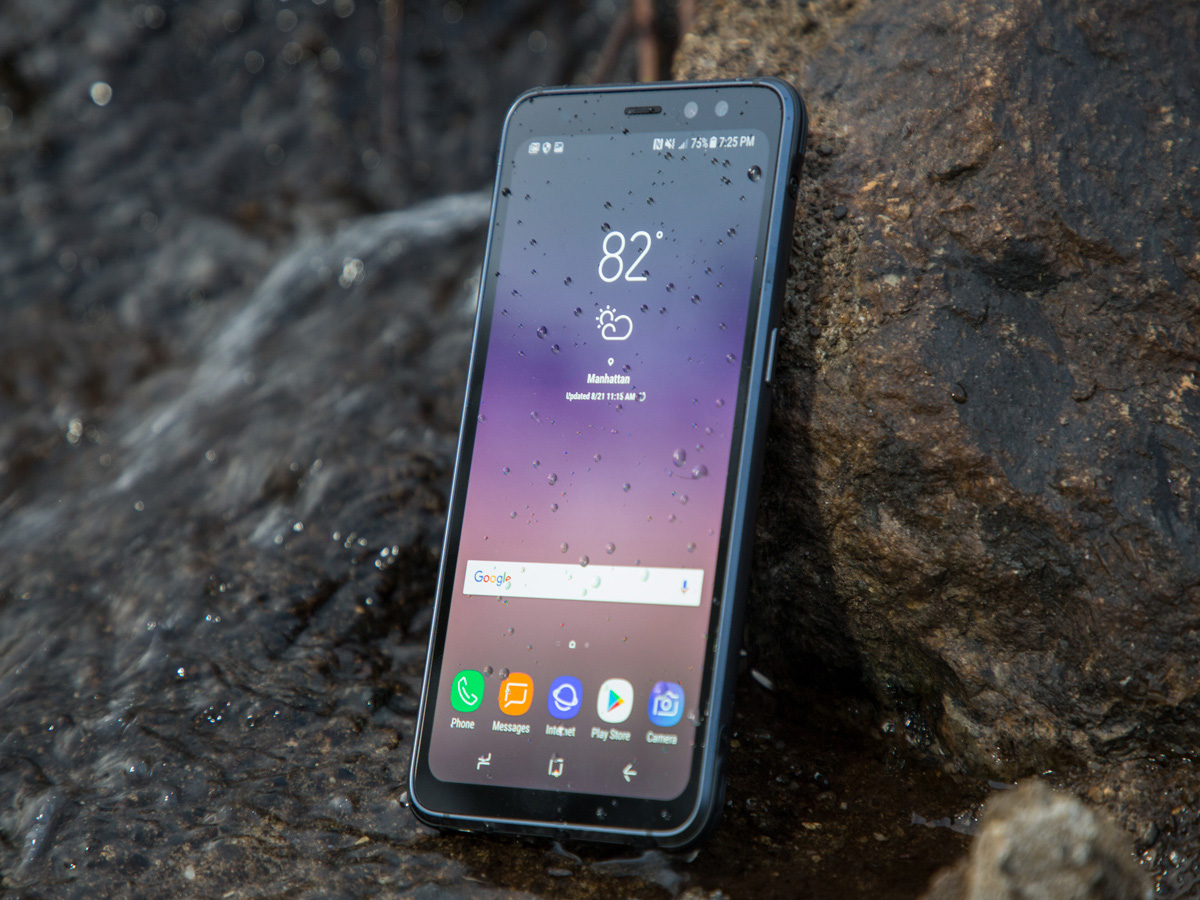
Given the cost of smartphones these days — the Galaxy S9 starts at $720, and the Note 8 and iPhone X are scraping up against the $1,000 mark — you can understand why people want their new devices to be able to withstand a splash of water or an accidental drop.
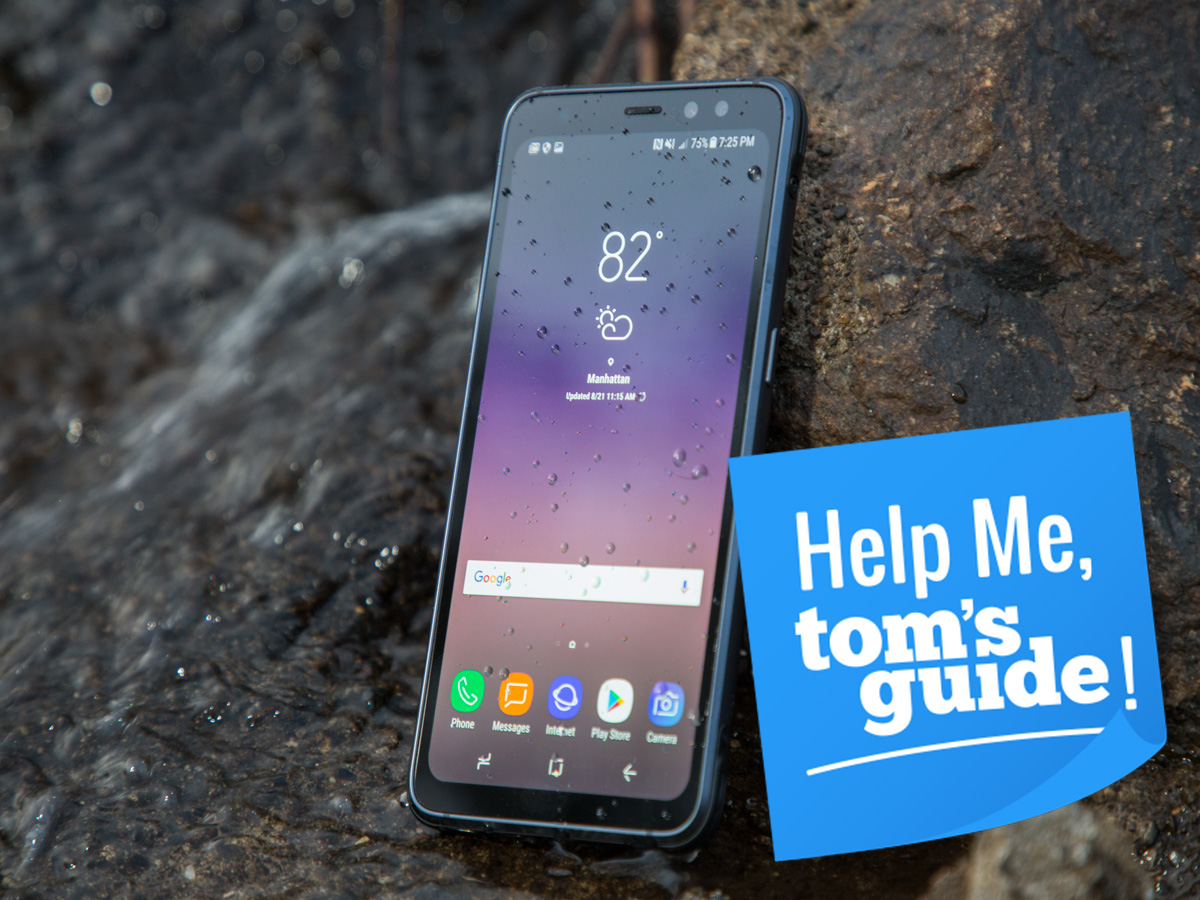
That kind of durability is very much on the mind of Tom's Guide forum poster Avajan, who writes:
"For some time already, I noticed a new trend — a number of rugged phones showed up, some of them offering really interesting features. Since my two kids are able to kill basically any phone in three months or so, I checked some of these phones. Some of them are by completely unknown to me Chinese companies... there is a phone by CAT, you can (maybe?) add here new Apple, LG and Samsung phones, although they are not really rugged ones.
Let's tackle the last question first. Yes, you're going to see an increasing number of high-end smartphones promise some degree of durability if for no other reason than to convince shoppers their $700-plus investment won't shatter after the first, inevitable mishap. That newly announced Galaxy S9 boasts a water-resistance rating of IP68, while the latest flagships from Apple and Google have an IP67 rating.
What do those ratings mean? Well, they're a measure of how well a phone can withstand dust (that's the first number after the IP) and water (the second digit). A phone with an IP67 rating can survive a 30-minute dunk in around 3 feet of water. An IP68 rating increases the phone's survival depth to 5 feet.
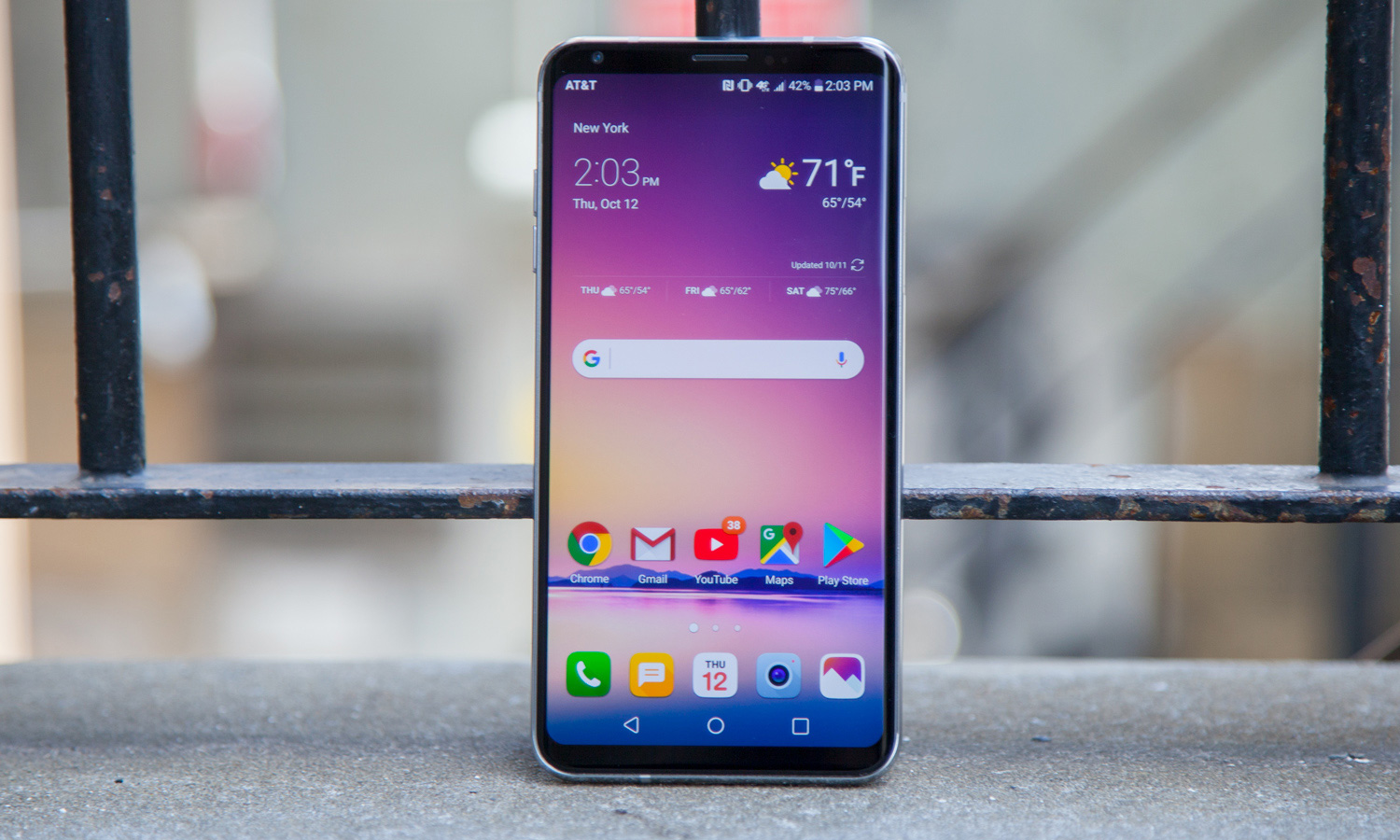
Some phone makers will also talk up how their phones are likely to survive unexpected drops. When someone notes that Gorilla Glass 5 is featured on their phone, that's another way of touting the device's durability: Glassmaker Corning says that version of Gorilla Glass survives 5-foot drops 80 percent of the time in its testing. Phones using Gorilla Glass 5 include LG's V30 (pictured above), the OnePlus 5T and the Huawei Mate 10 Pro, in addition to the flagship phones Samsung and Sony just unveiled at Mobile World Congress.
Some phone makers even make a point of specializing in durable devices. Poster Avajan mentioned one of the more prominent ones in the Cat, but Kyocera also offers a lineup of phones designed to survive anything you can throw at it. The Cat S41, for example, can go under 6.5 feet of water for an hour and emerge unscathed. Kyocera's DuraForce Pro boasts military-grade durability and an IP68 water-resistance rating.
The trouble with these phones is that they're really designed to be used by workers in industrial settings -- contractors and other people who find themselves in conditions that might prove hazardous to a mobile device. Avajan mentioned kids, and these phones really aren't built for them, unless your kids do a lot of construction work on the side.
Samsung typically rolls out an ultra-durable version of its Galaxy S flagship. Last year, the Galaxy S8 Active took the standard S8's water-resistance features and added the ability to survive 5-foot drops. It's too soon after the S9's unveiling to expect an Active version of that phone, but if history repeats itself, we could see a Galaxy S9 Active by the summer. There's a price to be paid for this protection, though: Last year's S8 Active cost $100 more than the Galaxy S8, and that trend is likely to continue if Samsung produces a more durable S9 later this year.
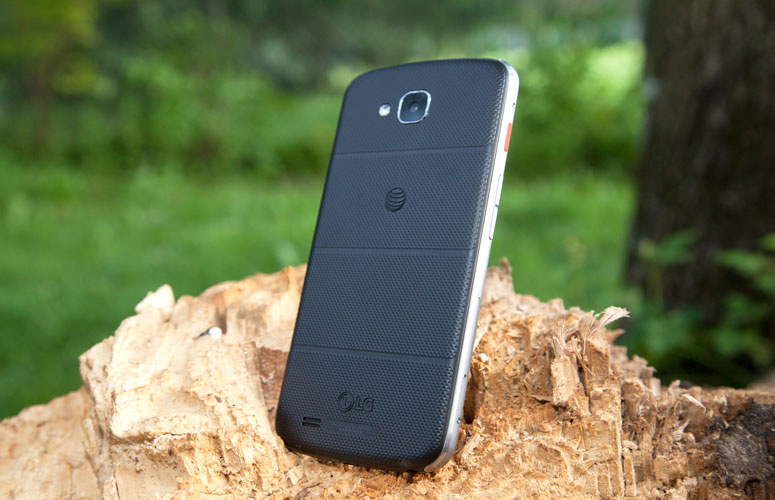
Durability is often a feature budget phones skimp on, but some lower-priced models are beginning to tout their ruggedness in order to stand out. Last year, LG released the $330 X Venture (pictured above). That's not a bargain-basement price, but it's significantly lower than what other rugged phones cost. The X Venture endures 4-foot drops, 30-minute swims in 5 feet of water and a host of other indignities, including salt fogs, high humidity and low atmosphere. Your trade-off is an underpowered phone running an aging version of Android. But if you're looking for a device that kids can't wreck, this may be one of the better — and less expensive — options on the market right now.
Avajan hints at another option for making sure your phone remains in one piece: Invest in a durable case. When shopping for phone cases, look for ones that promise a specific level of drop protection. Even better is a case that offers a warranty in the event your phone sustains damage. Take a phone with IP67 or IP68 water resistance, insert it into a case offering decent drop protection, and you won't necessarily wind up with an indestructible device, but your phone should be able to handle life's assorted bumps and bruises.
Need any other smartphone advice? To get answers faster, head to the Tom's Guide Forums for the latest tips from our resident experts and fellow members. You can also comment on this article or email us directly at helpme@tomsguide.com.
Sign up to get the BEST of Tom's Guide direct to your inbox.
Get instant access to breaking news, the hottest reviews, great deals and helpful tips.
Philip Michaels is a Managing Editor at Tom's Guide. He's been covering personal technology since 1999 and was in the building when Steve Jobs showed off the iPhone for the first time. He's been evaluating smartphones since that first iPhone debuted in 2007, and he's been following phone carriers and smartphone plans since 2015. He has strong opinions about Apple, the Oakland Athletics, old movies and proper butchery techniques. Follow him at @PhilipMichaels.
